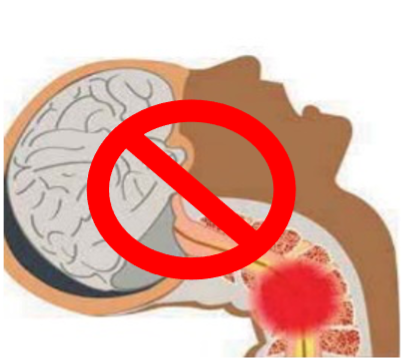It is characterised by coughing or the feeling of needing to clear your throat and the sensation of choking after drinking water or other liquids. It is not common in lung cancer but may occur. Occasionally, voice changes also occur after swallowing. It is recommended to modify and adapt the viscosity/texture of liquids, including water, to prevent these liquids from going to the lung and causing potentially dangerous lung infections.
WHAT DO WE RECOMMEND?
There are currently three types of viscosities according to the degree of dysphagia to liquids: nectar, honey, or pudding. The referring oncologist will indicate the specific viscosity to which food should be adapted to each case.
| Viscosity classification for liquid dysphagia | |||||||||||||||||
|
There are different types of commercial thickeners, and it is essential to always follow the instructions for each one:
| Things to consider when thickening beverages with commercial thickeners | ||||||||||
|
||||||||||
|
Sitting down or as sat up and incorporated as possible, always avoiding hyperextension of the head.

Eat slowly, leaving sufficient time in between each spoonful.
Double textures are those composed of both liquid and solid parts: soup with pasta, rice with milk, yoghurt with muesli, milk with muffins, and foods such as mandarin, oranges, or very juicy fruits. Having both textures in the mouth can make it difficult to control the swallowing of liquids.
Such as pineapple, artichokes, asparagus and fibrous meats, or those that crumble easily when eaten, such as crackers, chips, breadsticks or nuts. Also, avoid pulses where the skin flakes off easily.
When these foods come into contact with the heat of the mouth and saliva, they turn liquid. Agar or special gelled waters, available in pharmacies, can be used for this type of preparation.
You can choose to thicken common beverages following the guidelines from above and, on occasion, prepare beverages with different or uncommon flavours. To do so, prepare the beverage following the standard way, then strain to remove fibres or seeds, and then add thickener to obtain the required viscosity.
Ingredients (serves two)
- 100 g strawberries
- 50 g blueberries
- 70 g chilled lemon juice (about two lemons)
- A few leaves of fresh mint
- 200 ml very cold water
- 1 tsp sweetener (sugar, honey, syrup…), optional and according to preference
Method
- Add the strawberries and blueberries (they should be well chilled and therefore have been in the fridge for a couple of hours before use), cleaned and without leaves, the lemon juice, the mint leaves, water, and sugar or sweetener of your choice to a blender or container suitable for blending.
- Blend.
- Strain the lemonade through a very fine sieve to remove any particles.
- Pour the drink into two glasses.
- Add the commercial thickener to each glass (containing about 200 ml of lemonade each) and follow the indications of the product and the dosage to obtain the required* viscosity.
- Check viscosity before serving. Serve cold.
*When making beverages that include non-liquid ingredients, the resulting viscosity may correspond to a nectar or honey viscosity, and therefore it is important to keep in mind that the dosage indicated on the product might have to be adapted.